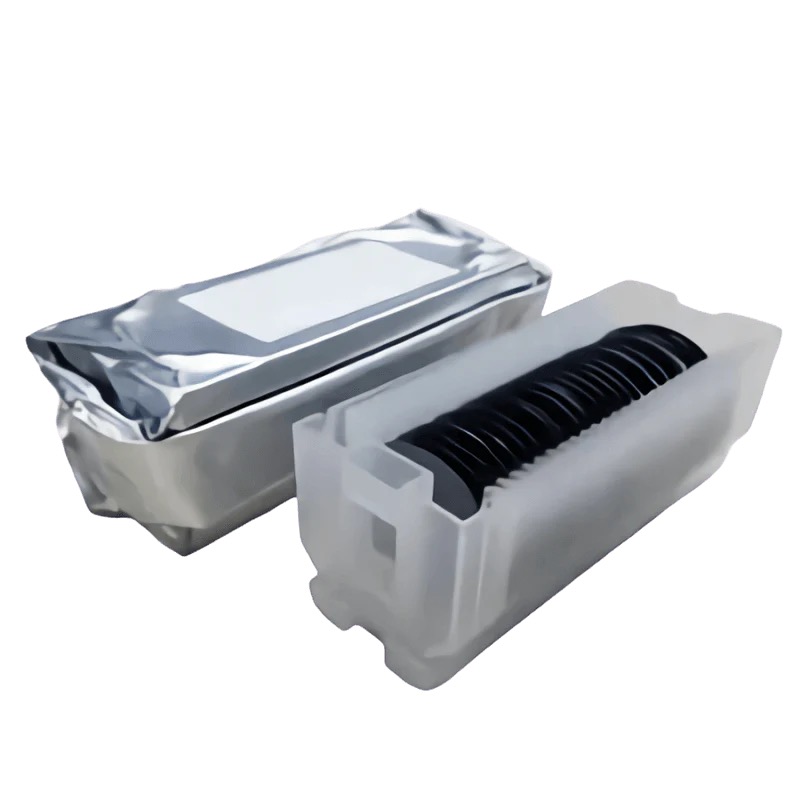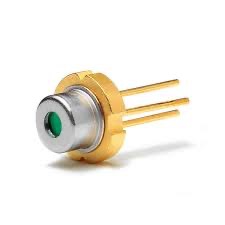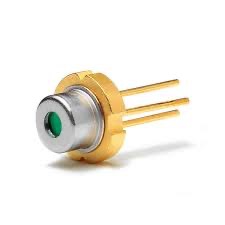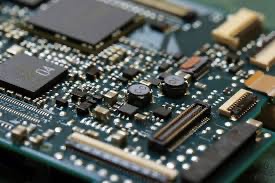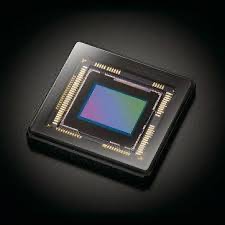Introduction
2-inch silicon wafers are indispensable in specialized semiconductor research, prototyping, and microfabrication due to their compact size, cost-effectiveness, and compatibility with small-scale equipment. This article focuses on N-type (100/111) silicon wafers with single/double-side polishing, detailing their unique properties, applications, and advantages in high-frequency electronics, photonics, and MEMS technologies.
Key Features
N-Type Doping
Doped with phosphorus or arsenic to provide free electrons, enabling superior electron mobility for high-speed and low-power applications.
Ideal for RF transistors, photodiodes, and high-frequency integrated circuits.
Crystal Orientations: (100) vs. (111)
(100) Orientation:
Widely used in CMOS fabrication, epitaxial growth, and logic circuits due to uniform etching and compatibility with standard semiconductor processes.
Supports high-yield device manufacturing and photolithography.
(111) Orientation:
Preferred for MEMS, piezoelectric sensors, and optoelectronic devices due to anisotropic etching behavior, enabling precise 3D microstructures.
Enhances interfacial properties in optical coatings and quantum dot applications.
Single/Double-Side Polishing
Single-Side Polished (SSP):
Cost-effective for applications requiring only one active surface (e.g., basic ICs, solar cells).
Reduces material costs while maintaining performance for simple device architectures.
Double-Side Polished (DSP):
Provides ultra-smooth surfaces (≤0.5nm roughness) on both sides, critical for optical devices, MEMS mirrors, and dual-sided lithography.
Ensures parallelism and minimizes light scattering in photonic systems.
High-Quality Material
Ultra-low defect density and high purity enhance carrier lifetime and device reliability.
Compatible with thermal oxidation, CVD/PVD thin-film deposition, and plasma etching processes.
Advantages
High Electron Mobility: N-type doping ensures faster electron transport, optimizing performance in high-speed and low-power devices.
Surface Precision: Polishing reduces defects and roughness, improving yield in photolithography and thin-film processes.
Orientation Flexibility: (100) for mainstream ICs; (111) for MEMS and specialized optoelectronic systems.
Cost-Efficiency: Compact size lowers material costs for small-batch production and prototyping.
Selecting the Optimal Wafer
Match Orientation to Application:
(100): Choose for CMOS, logic circuits, or epitaxial layers.
(111): Opt for MEMS, sensors, or devices requiring anisotropic etching.
Polishing Requirements:
Use DSP for optical applications (e.g., waveguides) or dual-sided MEMS structures.
SSP suffices for single-layer devices or budget-sensitive projects.
Doping Concentration: Ensure phosphorus/arsenic levels align with target resistivity (e.g., low resistivity for high-current devices).
Conclusion
2-inch N-type (100/111) single/double-side polished silicon wafers are pivotal for advancing semiconductor and microsystems technologies. Their high electron mobility, crystal orientation versatility, and exceptional surface quality make them essential for RF systems, optoelectronics, MEMS, and quantum research. By tailoring specifications to application needs, engineers and researchers can achieve unparalleled precision and efficiency in next-generation devices.
